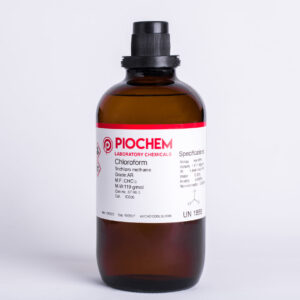O-tolidine is a hazardous substance and can be harmful if inhaled, swallowed, or absorbed through the skin. It can cause irritation to the eyes, skin, and respiratory tract. O-tolidine is also a carcinogen, meaning that it can cause cancer.
Here are some of the properties of O-tolidine:
- Molecular formula: C6H4(CH3)NH2
- Appearance: Colorless or light yellow liquid
- Density: 1.02 g/cm3
- Melting point: 264°F (129°C)
- Boiling point: 572°F (300°C)
- Solubility in water: 0.1%
- Flash point: 212°F (100°C)
Here are some of the uses of O-tolidine:
- Detection of chlorine, bromine, and hydrogen peroxide
- Manufacture of dyes and pigments
- Testing for the presence of laccase activity in fungal colonies
- Analysis of industrial wastewater
- Quality control in the food and beverage industry
Here are some of the safety precautions to take when handling O-tolidine:
- Wear gloves, goggles, and a lab coat when handling O-tolidine.
- Avoid breathing in dust or vapors from O-tolidine.
- If O-tolidine gets on your skin, wash it off immediately with soap and water.
- If O-tolidine gets in your eyes, flush them with water for at least 15 minutes and seek medical attention immediately.
- Keep O-tolidine in a tightly sealed container in a cool, dry place.





Reviews
There are no reviews yet.